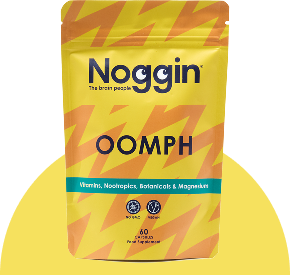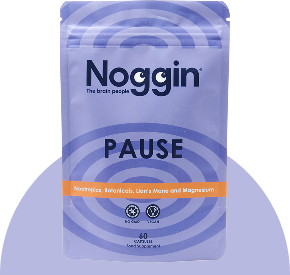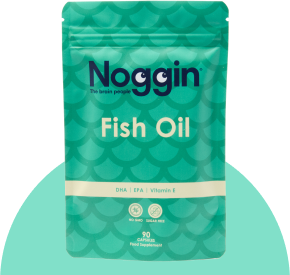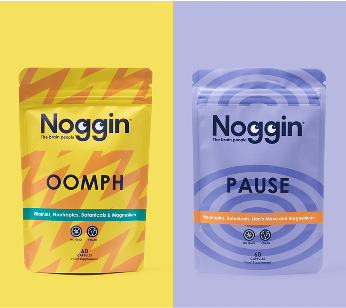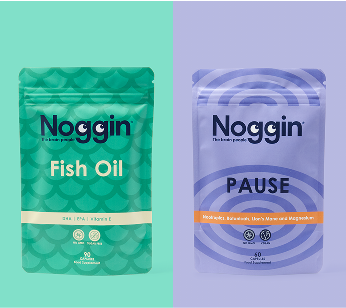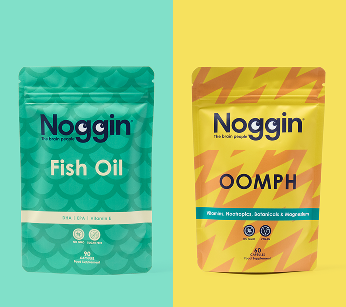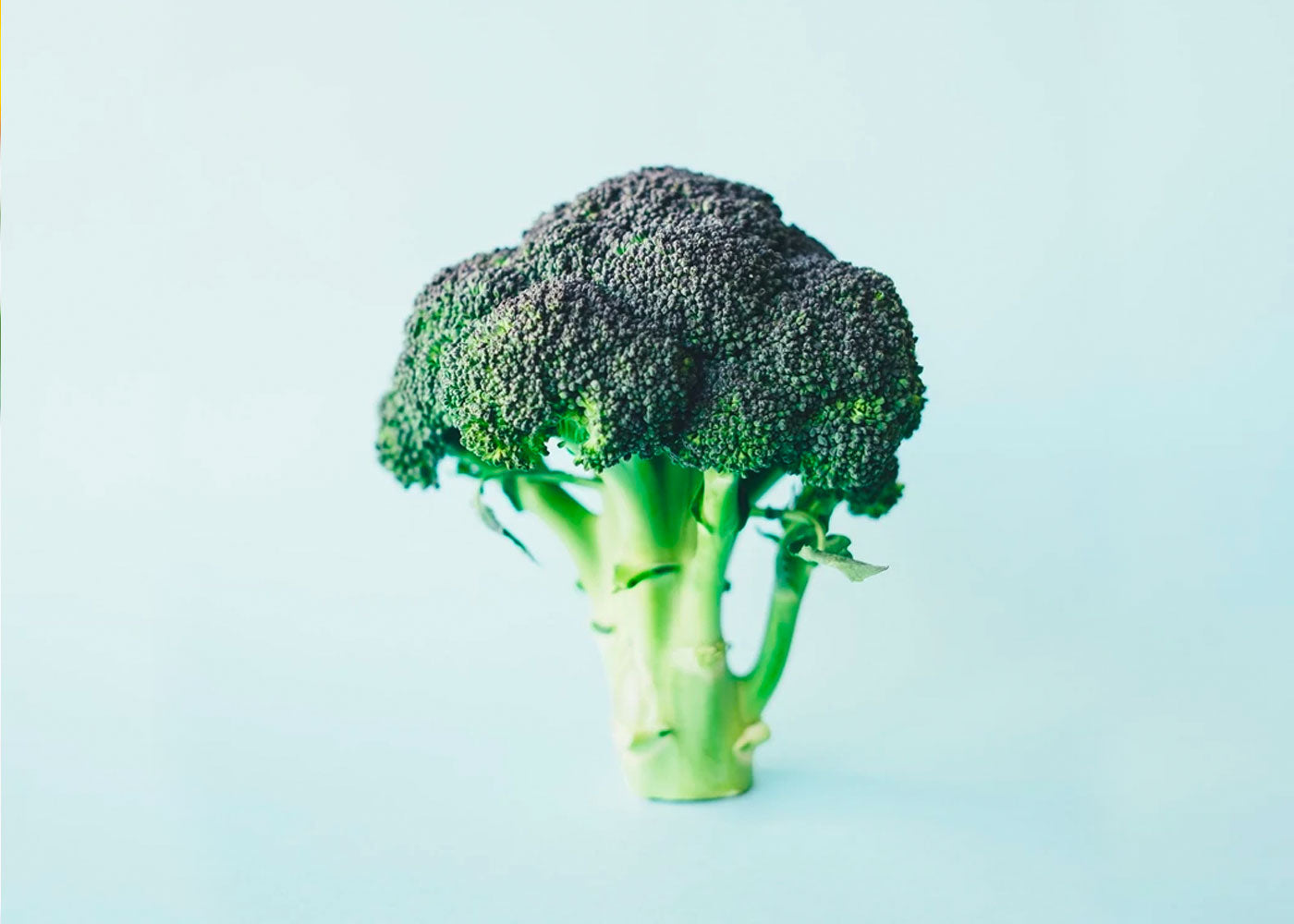To understand why antioxidants are important here is a little refresher on school science
Remember that electrons, proteins and neutrons make up atoms?
Atoms want their electrons to be in pairs to be seen as stable
Unstable groups of atoms have one or more unpaired electrons.
In our bodies, these unstable atoms are called free radicals and they try to make themselves a pair by stealing electrons from other atoms-this can cause a problem.
Our bodies make free radicals as part of natural reactions and that is a normal process.
Stress, trauma pollution, highly processed food rich diets can create more free radicals than we want.
Over time these XS free radicals, among other things can cause havoc with normal healthy cells .
Its important we keep these free radicals under control and we can help with this by looking at our diet and lifestyle and ensuring we have lots of anti oxidant rich foods in our diet.
Anti oxidants work to mop up the free radicals before they get a chance to do their worst. Examples of some of these are:
Vitamin A (aka retinol, beta carotene )
A is an anti- oxidant which helps our cells from the effects of XS free radicals.
Sources of A include milk, yoghurt, carrots, kale, broccoli , sweet potatoes
Vitamin E
Another anti oxidant fighting the good fight against free radicals
Sources include nuts, seeds, peanut butter and green leafy vegetables

